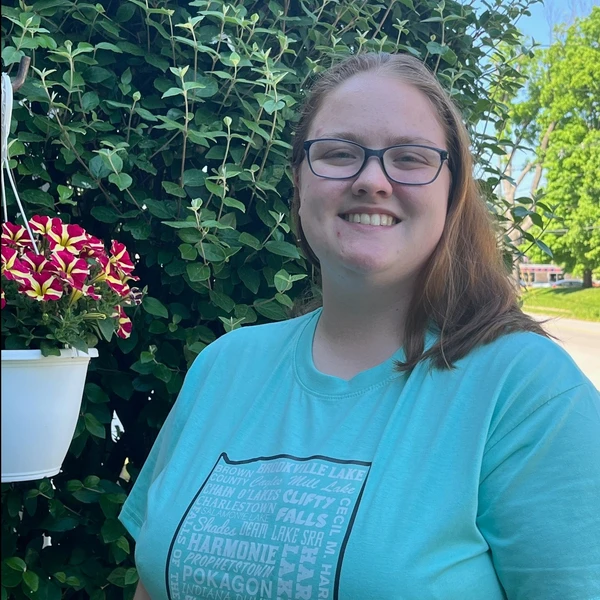
Hobbies and interests
Band
Kimberly Boone
1,245
Bold Points1x
Finalist
Kimberly Boone
1,245
Bold Points1x
FinalistBio
My name is Kimberly Boone, and this fall I will be a senior at Indiana Wesleyan University. I am passionate about helping and advocating for others. After graduation, I hope to get a job teaching special education in central Indiana.
Education
Indiana Wesleyan University-Marion
Bachelor's degree programMajors:
- Education, General
- Special Education and Teaching
Tri-West Hendricks High School
High SchoolMiscellaneous
Desired degree level:
Bachelor's degree program
Graduate schools of interest:
Transfer schools of interest:
Majors of interest:
- Special Education and Teaching
Career
Dream career field:
special education
Dream career goals:
educator
seasonal daycare employee
La Petite Academy2022 – 20242 yearsRegistered Behavior Technician
Sycamore Services ABA opportunity center2024 – 2024part-time desk assistant
Brownsburg Public Library2025 – Present12 months
Arts
Indiana Wesleyan University Marching Wildcats
Music2022 – Present
Public services
Volunteering
Camp Invention — camp counseler2019 – 2019
Future Interests
Advocacy
Volunteering
Rebecca Lynn Seto Memorial Scholarship
Teaching students with complex support needs is more than just providing lessons—it’s about understanding, adapting, and building meaningful relationships. When working with students with complex support needs, I believe your mindset is one of the most critical factors in the relationship. I feel strongly that every student is different and needs different things to succeed, but I also believe that every student can learn. When you start with this attitude, the mission of your classroom shifts. Instead of forcing uniformity and compliance, you value differences and celebrate what each student can do.
If I had a student with a rare disorder like Rebecca, I would start by listening to the experiences of others who have worked with her. Her parents and previous academic team have knowledge that would help me form a relationship with her, such as what she likes, what motivates her, and what she needs most. Then I would start by getting to know Rebecca. I would sit with her and talk to her like any other kid. I would notice what she pays attention to and invite her to interact with the items I have in the classroom. After forming a relationship with Rebecca, I would create lessons incorporating her interests and motivations. By integrating things that she’s already familiar with and practicing multiple goals in the same lesson, I can achieve academic progress without placing less value on the relationship and current skills of the student.
Beyond building relationships, another critical piece is communication. Everyone has thoughts and ideas, but when students struggle to express them, their communication might be like throwing a pencil or lying on the floor. If a student is primarily nonmobile, I would take extra care to notice what movements they can make. Do they move their head back and forth when they’re mad? Do they smile bigger when they’re excited? These nonverbal cues can help my relationship and teaching be even more effective. I would also work with other professionals to provide Rebecca with additional communication methods. Maybe she can use a traditional AAC device or pick between items by focusing on them. This allows her to make choices and have a voice in the classroom.
The partnership between educators and families is essential for success, making communication beyond the classroom equally important. Parents have the best insights into their kids’ behavior, communication, interests, and motivations at the beginning of the year and each day. As a teacher, I only see students 5 days a week for 180 days. So when a student comes to school already dysregulated, I rely on the parents to understand what happened before school and how I can best support them. Conversely, if a student had a wonderful day at school and made so much progress, I can share and celebrate that success with their family. By fostering a collaborative environment where students, teachers, and families work together, we ensure that every child, regardless of their disability, has the opportunity to thrive.